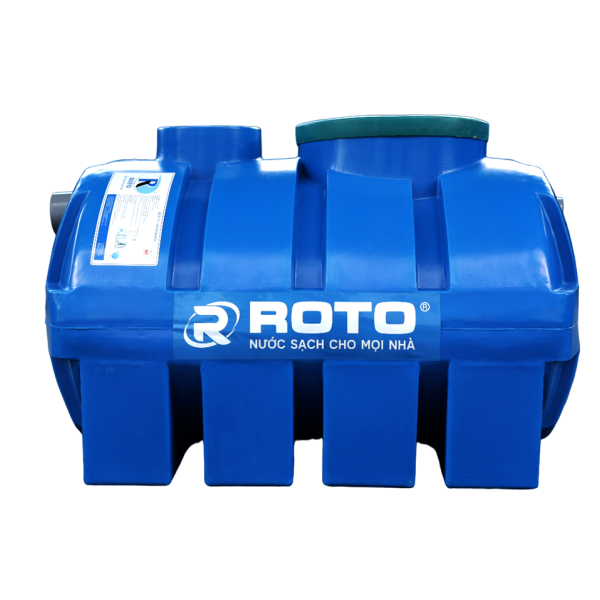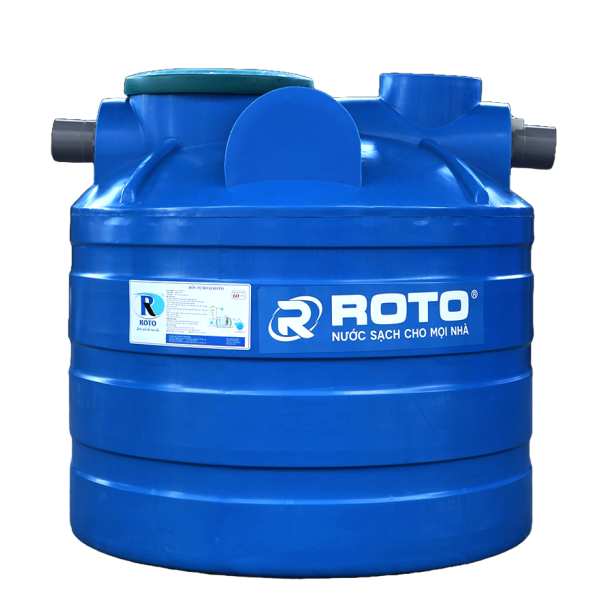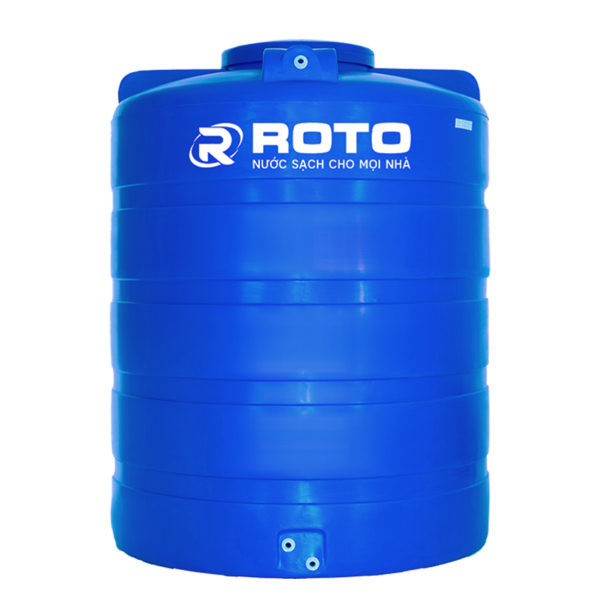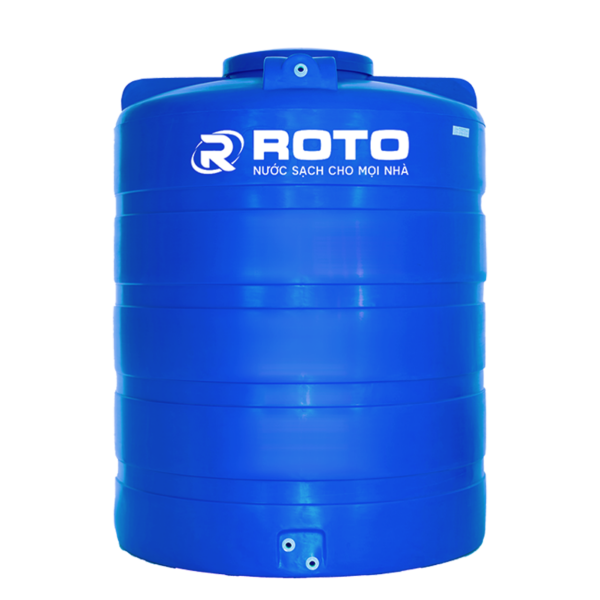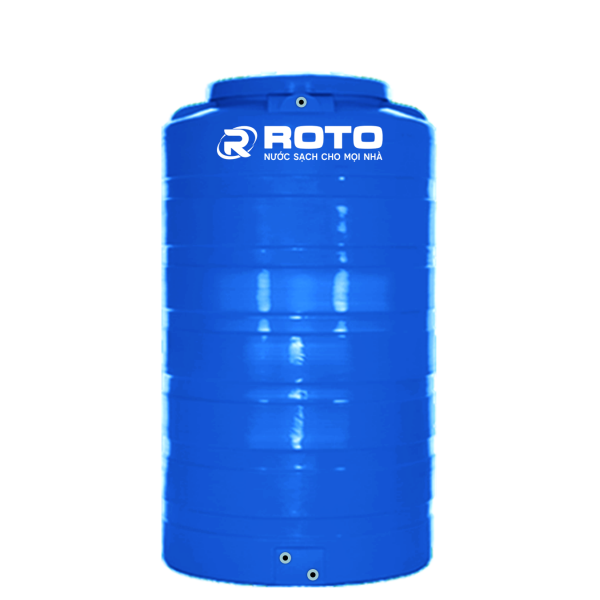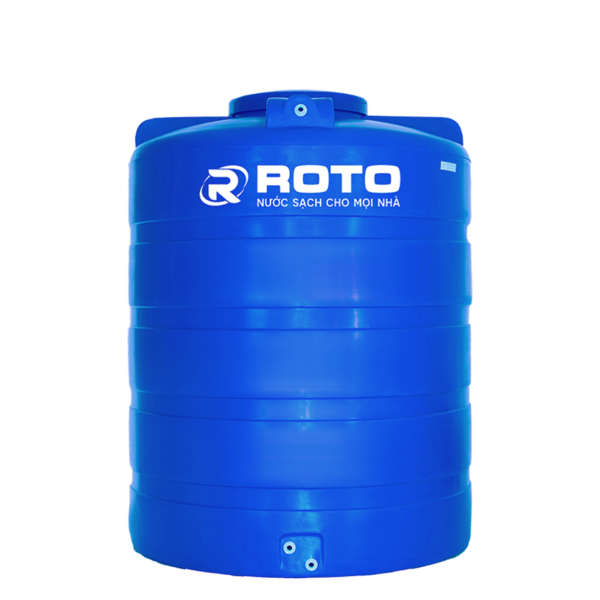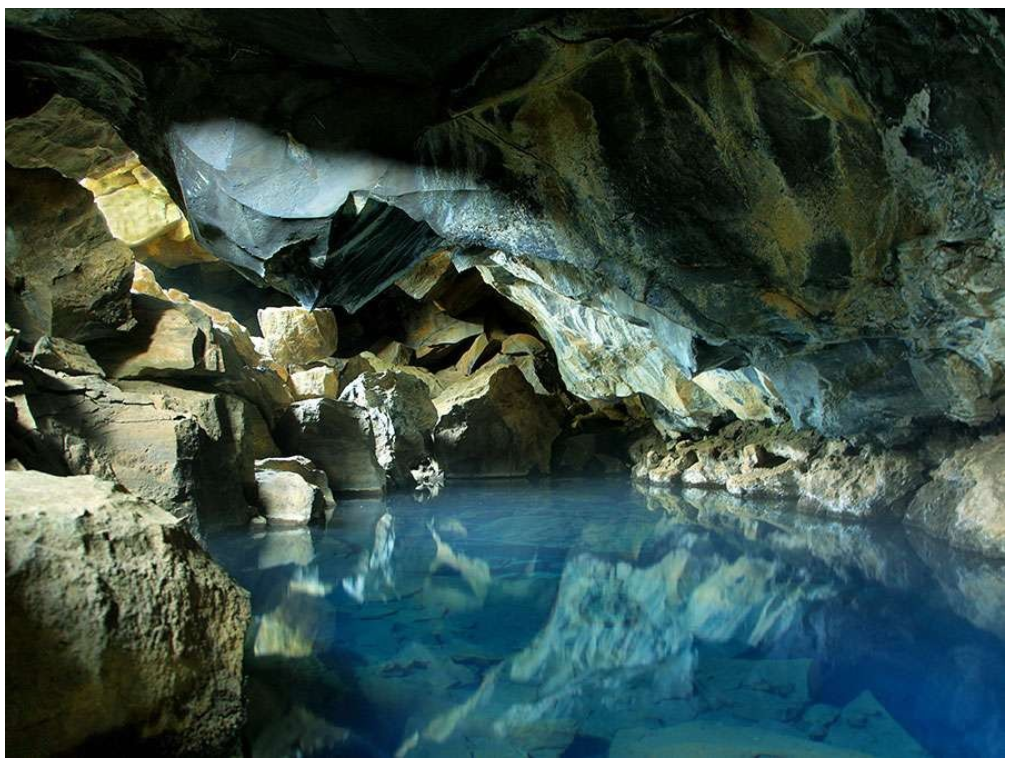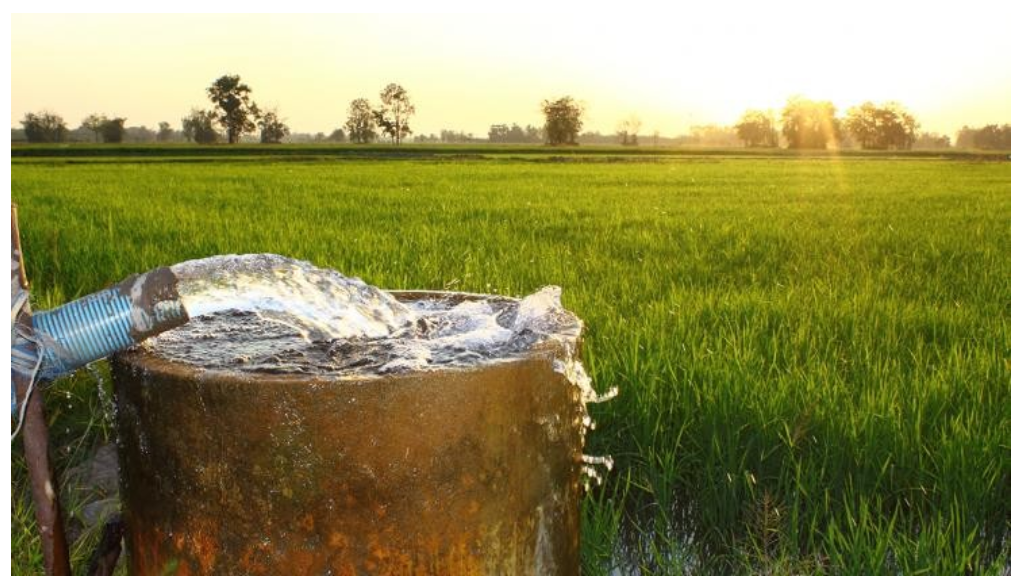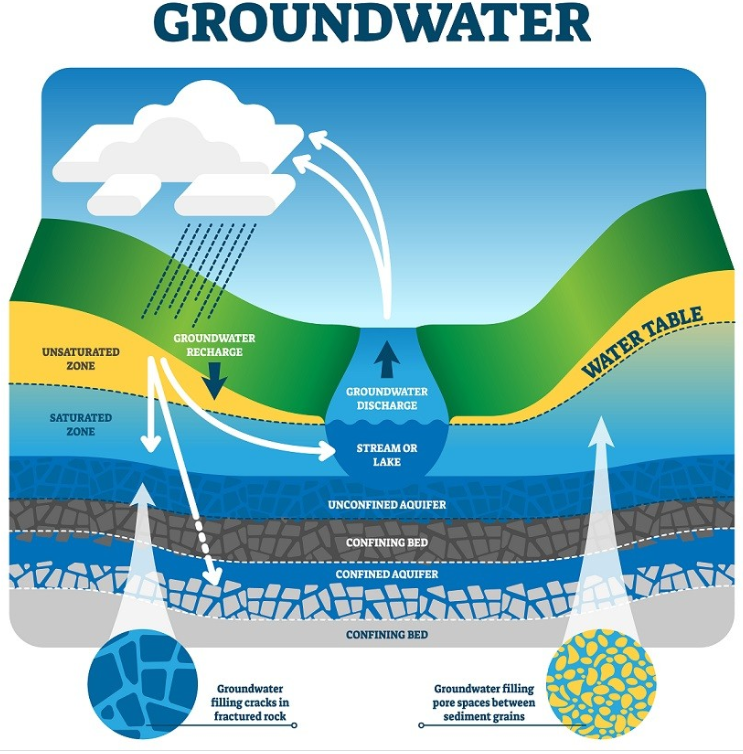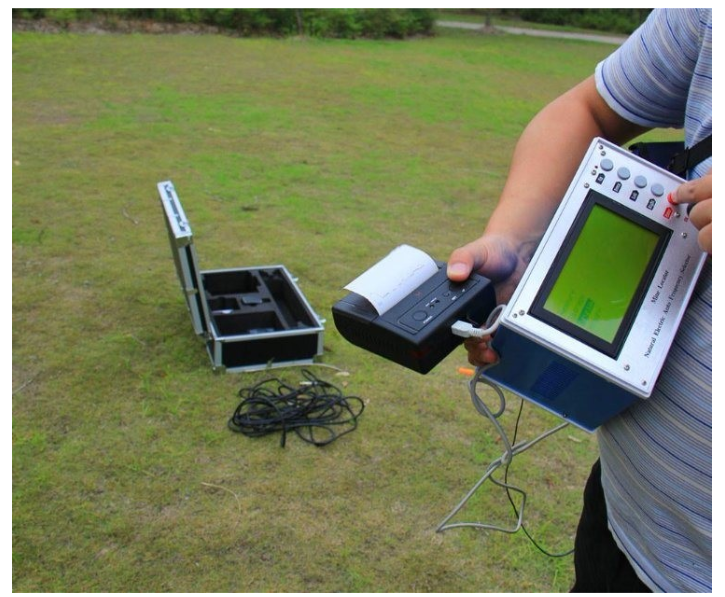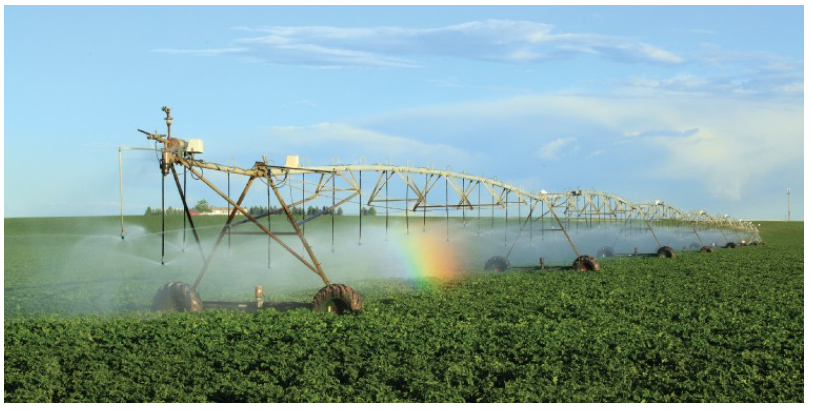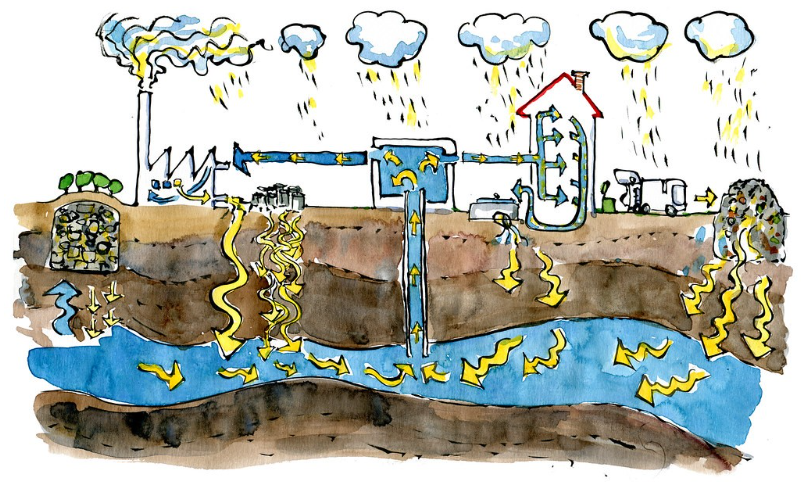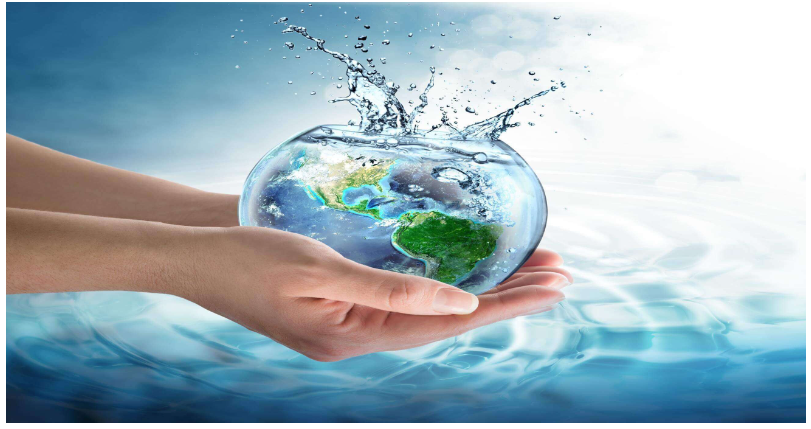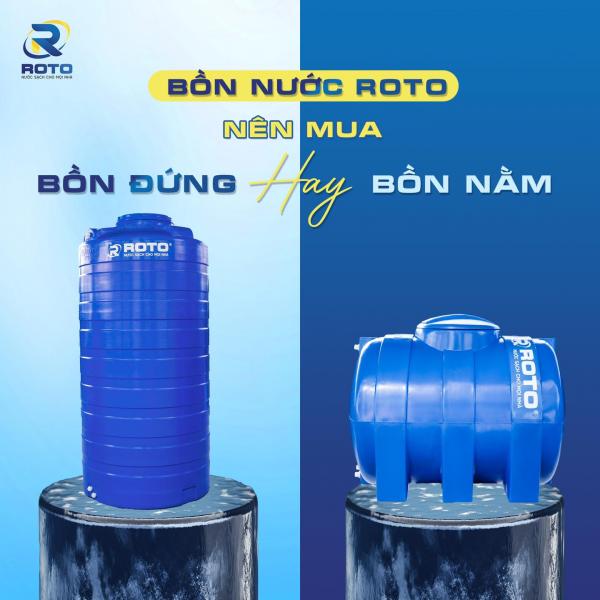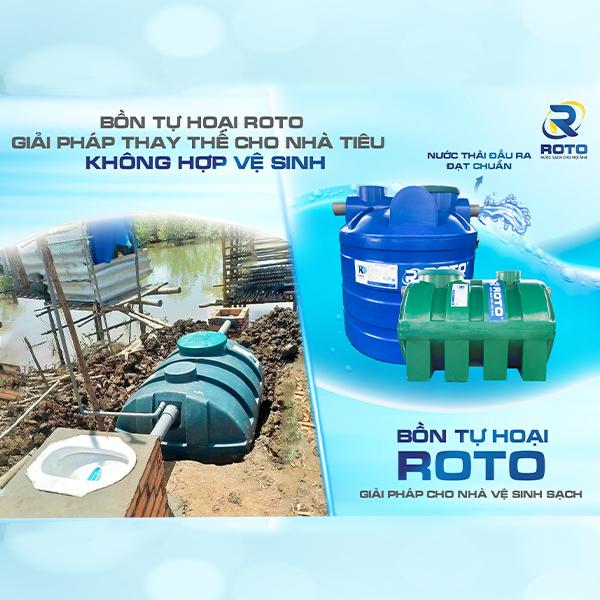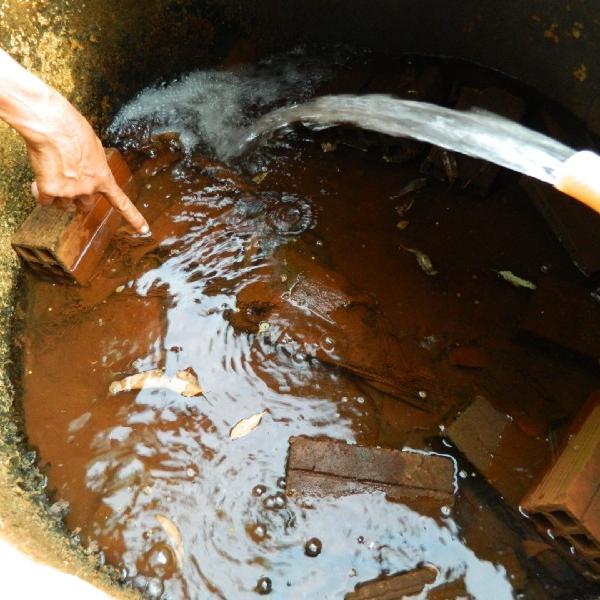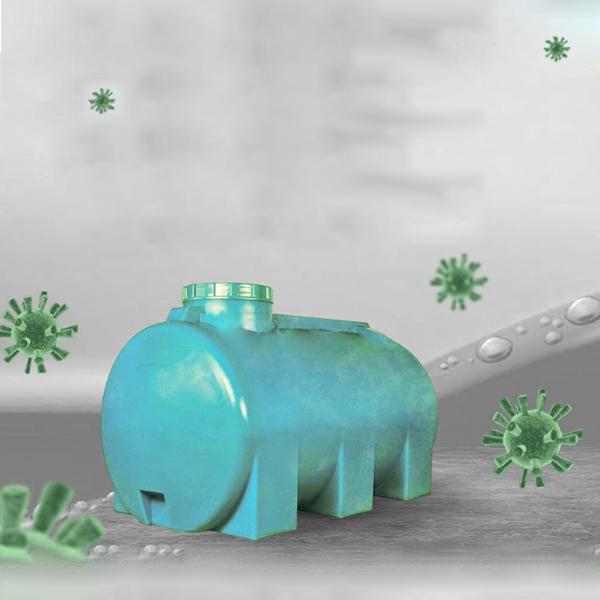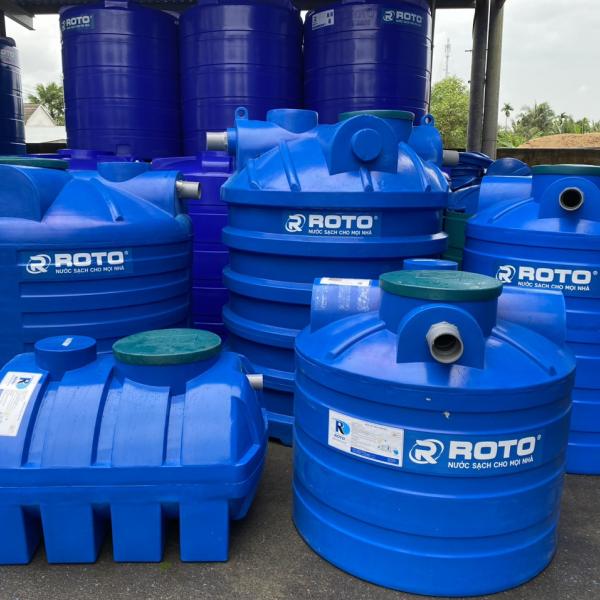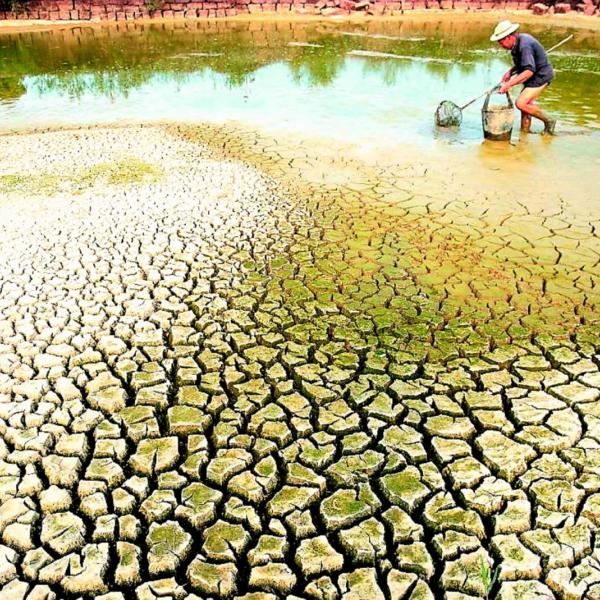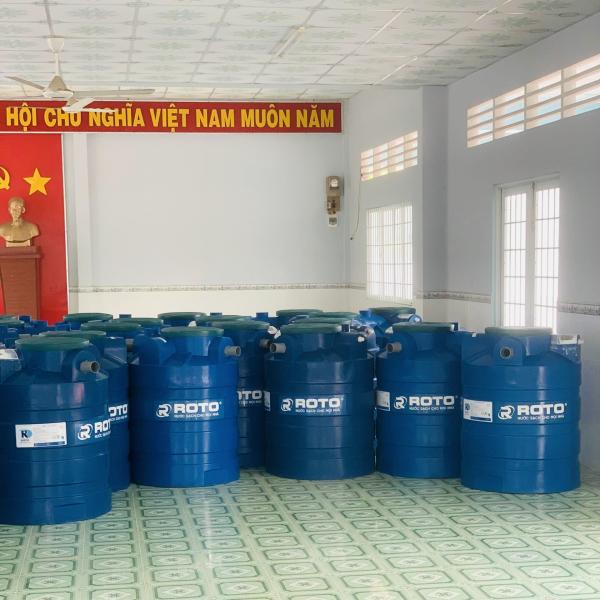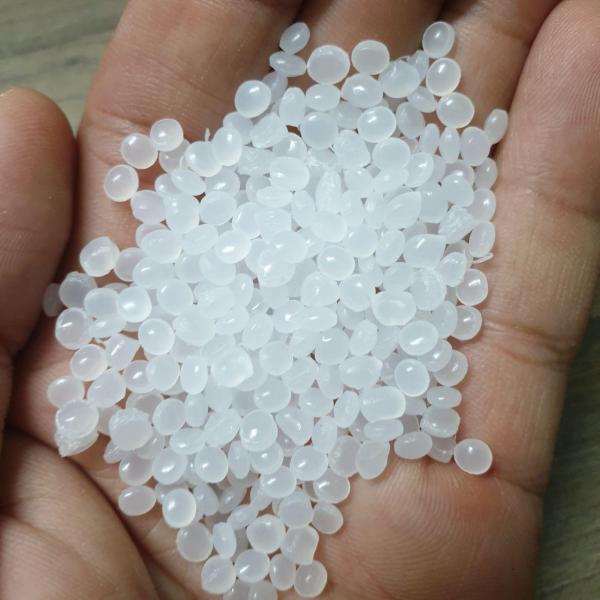Groundwater is a source of water formed by the permeation of rainwater and surface water through layers of soil and rock. It was originally considered a clean and safe source of water, but due to the large emissions from humans, today, groundwater pollution has occurred in many places. So what is groundwater? How is it formed and what are its properties?
What is groundwater?
What is groundwater?
Groundwater is a form of water that accumulates inside the earth and is stored in the hollow spaces of the soil or in the cracks of interconnected sedimentary rocks.
The concept of groundwater is similar to groundwater, but it represents a larger amount of water. Groundwater can exist anywhere in the earth, including deserts and arid deserts.
Underground lake in the cave
Mechanism of formation of groundwater
Surface water in rivers, streams, ponds, lakes, seas, etc. evaporates due to the impact of heat from the sun, when it encounters cold air, it forms water vapor, then condenses. When enough size and weight, it will fall to the ground, forming rain. Part of the rainwater will fall into ponds, lakes, ... a part will evaporate through the water surface, the ground, and a part will penetrate through the rock layers until it meets the impermeable soil layer, then it will gather. and create aquifers.
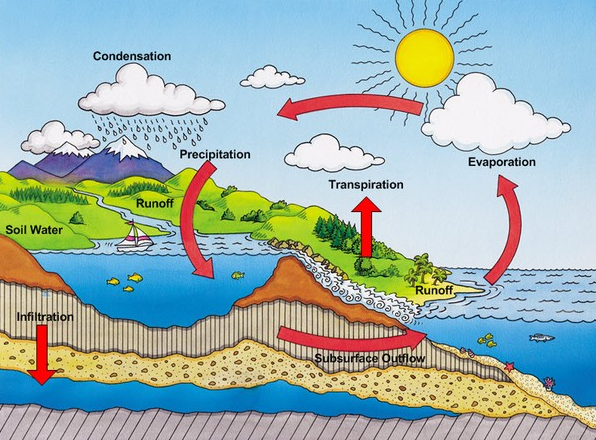
Mechanism of underground water geyser formation
Attributes and characteristics of groundwater
1. Attributes
- Because it is located at a great depth compared to the land surface, the temperature of groundwater is relatively stable.
- Depending on the season, the water has different turbidity, for example, in the rainy season, the water will be more turbid than in the dry season.
- The mineralization is quite stable and usually does not change. In addition, it also has a large CO2 content and almost no dissolved oxygen.
- Less affected by inorganic and organic compounds but can be affected by chlorine (depending on the area)
- Usually contains iron, manganese, NH4+, sometimes even H2S gas. Nitrate, Silicon content is sometimes quite high.
Groundwater is usually clear and colorless, unless it contains compounds of humic acid. However, groundwater often contains microorganisms.
Groundwater is usually transparent
2. Characteristics
- Groundwater is directly in contact with soil and lava for a very long time, so the substances in the soil and lava have the conditions to dissolve into the groundwater. Therefore, the chemical composition of groundwater depends mainly on the chemical composition of the soil layer, the lava containing it.
- There are many underground aquifers with different chemical compositions in the ground.
- The influence of climate on groundwater is not the same: The top aquifer, close to the ground surface, is often easily affected by climate. The deeper layers will be less or less affected by climate, depending only on the chemical composition of the lava layer containing it.
- The physical properties of the aquifer depend on the physical properties of the lava layers containing it: The deeper the layer, the higher the temperature and pressure of the lava layer, leading to the temperature and pressure of the water. groundwater is also higher, for example, the pressure of groundwater in very deep layers can be up to thousands of N/m2 and the temperature can be higher than 3730K.
- Groundwater is less affected by organisms but much affected by microorganisms: Because it is deep underground, where there is no oxygen and light, anaerobic microorganisms have strong operating conditions and affect the environment. chemical composition of groundwater. Therefore, in the chemical composition of groundwater contains many substances of microbial origin.
Basic structure of an aquifer
Structure of the aquifer
The structure of an aquifer is usually divided into the following basic layers:
- The upper surface is also known as the groundwater level, the groundwater mirror.
- The lower surface: It is the place in contact with the water-soil layer and is called the groundwater bottom. The depth of aquifer is defined as the vertical distance between the groundwater table and the groundwater bottom.
- Aquifer or upper aquifer: A layer of crumbling soil located just above the aquifer and it does not usually contain water.
- Capillary rim: A layer of capillary water that develops just above the surface of groundwater.
- Impermeable layer: A layer of soil and rock that cannot be penetrated by water.
How to find the correct groundwater
- Use two small iron bars
Take two small L-shaped iron bars, about 50cm long, then hook two iron bars into your index finger and keep the iron bar balanced. The two iron rods will move gradually when there is an underground water source. You just need to follow the right direction of the moving iron bar, then when you meet the right water circuit, the iron bar will stand still, no longer shaking.
This method seems simple but not everyone can do it. In order to find the right underground water source, in addition to experience, the performer must have a high concentration and calmness in mind
- Use a groundwater detector
Machine image due to groundwater
Compared to the above method, this is a simple, scientific, easy to do and takes less effort and mind and still can find groundwater at a depth of about 200m. By using commercially available groundwater detectors according to the manufacturers instructions for use, you will know the depth, width, length and even water flow of that groundwater.
Advantages and disadvantages of groundwater
1. Advantages of groundwater
Groundwater exists deep underground, so it is less affected by objective factors such as temperature, climate, chemicals, etc., so compared to natural water, surface water, groundwater is safer. Moreover, it is readily available in nature and quite abundant. Therefore, at present, groundwater is used as drinking water in daily life, irrigation water for agriculture and provides the necessary amount of water for ponds, lakes, rivers, etc. when they are in short supply.
Groundwater is used for agricultural irrigation
2. Disadvantages of groundwater
Because groundwater is located deep in the ground, it is not easy to exploit it for use, even causing landslides. Moreover, the renewable capacity of groundwater is not high, so if we keep exploiting and using it indiscriminately, at some point, this resource will also be exhausted.
Current status of groundwater pollution in Vietnam
In Vietnam, groundwater accounts for 30% of the water used for domestic purposes. Although groundwater is available and relatively abundant, with water pollution in general and groundwater pollution in particular, in the future, this clean water source will no longer exist.
According to monitoring reports from the Vietnam Environment Administration, groundwater in big cities, especially Ho Chi Minh City and Hanoi, is polluted with higher concentrations of heavy metals in water. many times higher than the allowed level, typically arsenic, ammonium, organic compounds,...
Causes of groundwater pollution?
- Natural causes: Arsenic pollution occurs due to aquifer sediments containing iron ore, when combined with anaerobic conditions, microorganisms will dissolve iron oxide in the sediment and dissolve into water.
- Waste, domestic wastewater that is not treated but is directly discharged into the environment when it penetrates the soil will penetrate to the aquifers above and cause it to be contaminated with toxic substances.
- Industrial waste: It is a type of waste containing a lot of heavy metals and because many businesses do not want to spend treatment costs, they discharge it directly into the environment. When they seep into the soil, they increase the risk of heavy metal contamination of groundwater.
- Exhaust gas from industrial production, burning fuel (coal, gasoline, oil, ..) contains many toxic gases such as SO2, NO2, ... When released into the air, they will exist suspended in the air. until rainwater carries it down to the ground, pours into ponds and lakes, etc., then slowly seeps into the ground and causes groundwater pollution in that area.
- Pesticides are the cause of serious pollution of soil and water, and groundwater is no exception.
Factors causing groundwater pollution
Consequences of contaminated groundwater
- Arsenic-contaminated groundwater: Long-term users of groundwater contaminated with low concentrations of arsenic will have symptoms such as fatigue, nausea, decreased red blood cells, white blood cells, darkening of the skin, hair loss, memory impairment, etc. Heart arrhythmias, eye diseases, gastritis, cancer... And if high levels of arsenic can cause weak pulse, pale skin, cyanosis, even death.
- Contaminated water: Is the cause and condition for outbreaks of diseases such as diarrhea, polio, encephalitis, eye pain, fungus, ...
- Water contaminated with heavy metals: It is the cause of many diseases of bones, joints, digestive system, kidneys, nervous system, etc. Water with iron and manganese content in excess of the allowed level is difficult to detect with the naked eye, but when If we look at the bottom of the tank or the wall of the pipe, we will see a layer of sediment.
- Using water contaminated with NH3 with high concentration will cause hypoxia in the blood. In particular, when reacting with amino acids, nitrosamines will be produced and this is a carcinogenic compound.
Using contaminated groundwater in bathing and washing is the cause of dermatological diseases such as allergies, dermatitis, etc.
How to fix groundwater pollution?
Protecting groundwater is protecting our lives
To overcome groundwater pollution, we need to:
- Exploiting and using groundwater economically and efficiently
- Factories and enterprises need to take measures to treat waste, wastewater, and exhaust gases from industrial production activities before discharging into the environment such as using water treatment chemicals, etc.
- Plant more trees to filter dust and reduce harmful emissions.
- Limit the use of pesticides and plant protection drugs, but instead apply biological measures.
- Competent agencies need to strengthen inspection and supervision to promptly handle units, organizations and individuals that discharge waste and cause environmental pollution.
- Using systems and water purifiers capable of disinfecting, removing heavy metals, toxic substances, etc. to treat water before use.
That is some information about what is groundwater, groundwater pollution and solutions to overcome that we want to share with readers. Hopefully this article will give you useful knowledge to promptly protect our groundwater before its too late.


